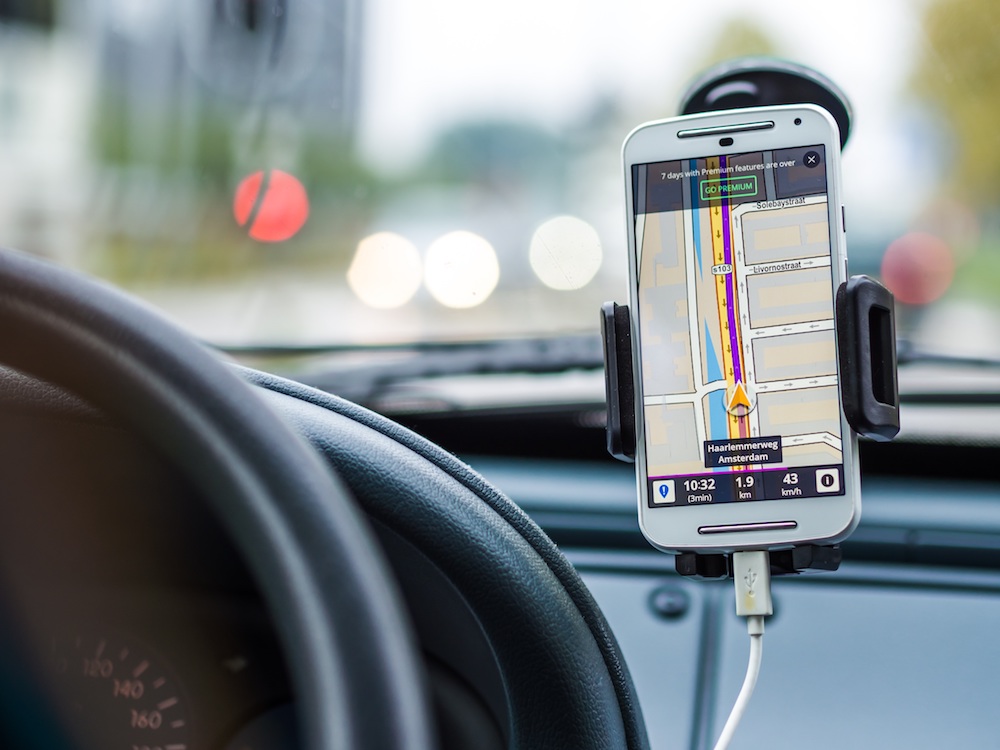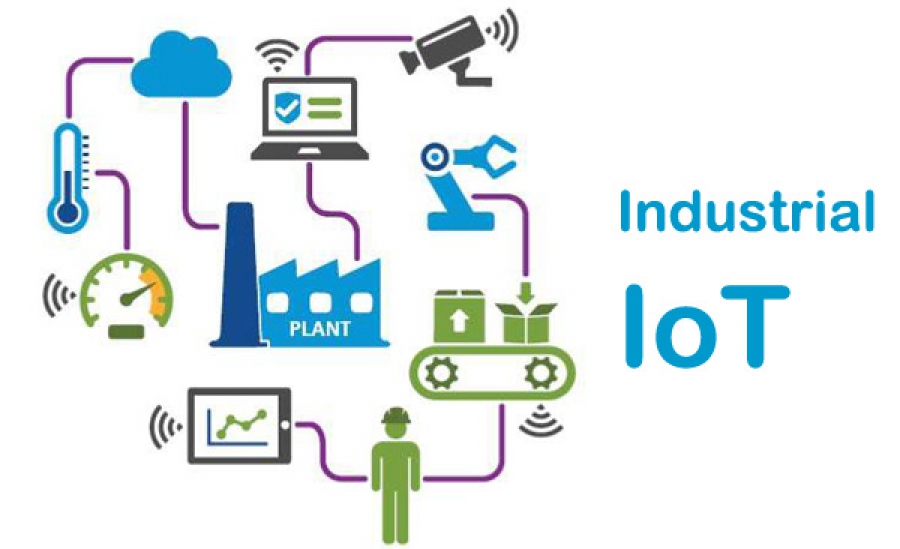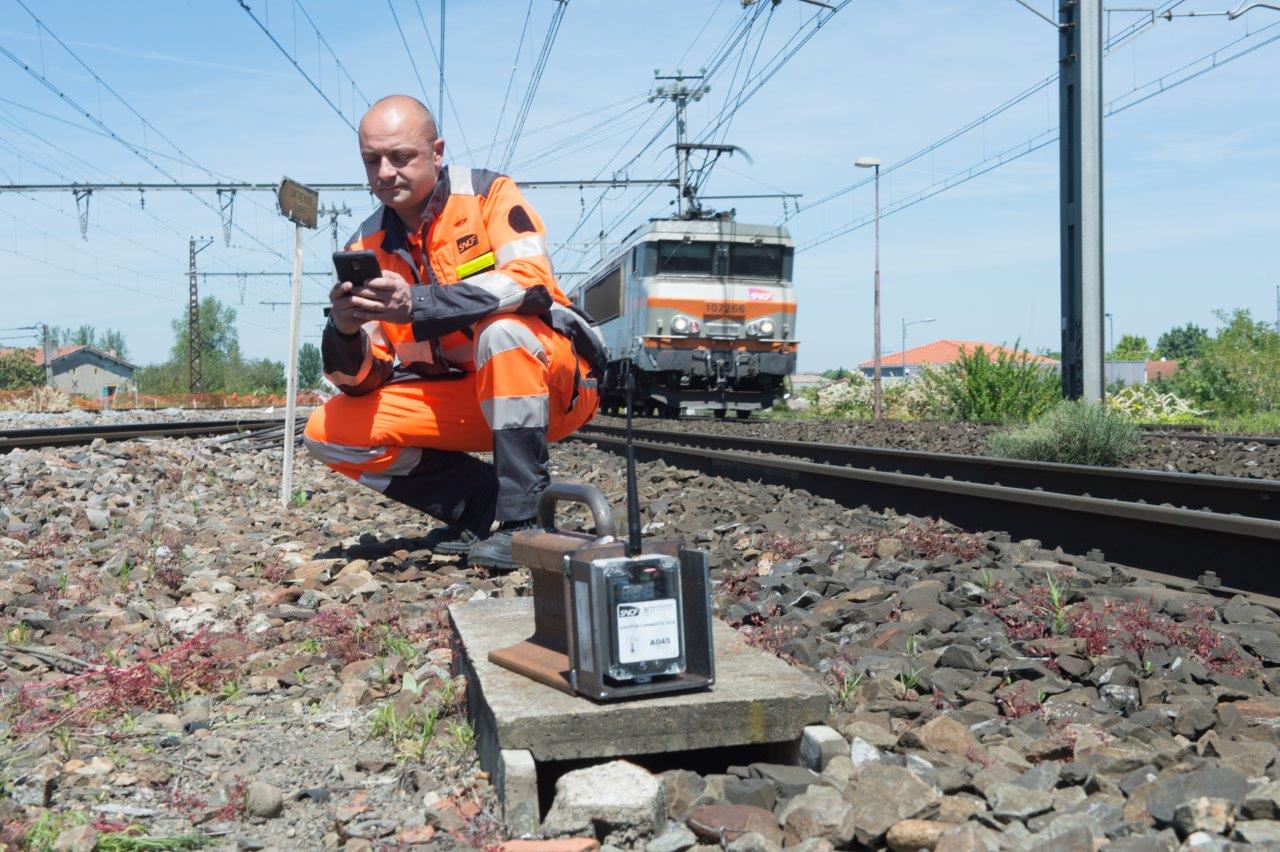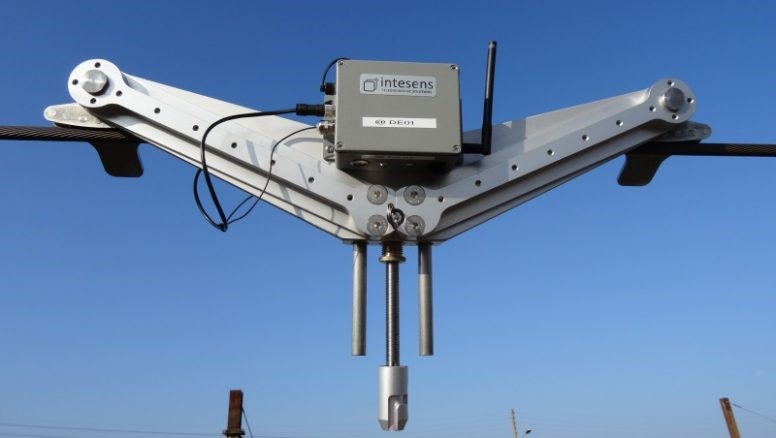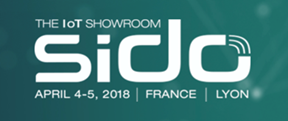Ultrabooks topped computer sales in 2016, thus boosting a declining global market through innovations which facilitate mobile work. The top-selling manufacturers are Lenovo, HP, Dell, Asus, Apple and Acer. What are the new products that will seduce users in 2017?

Despite 267.717 million computers sold in 2016, the market has dropped by 3.7 %, according to Gartner’s latest study. The lifecycles of PCs are extending, which has boosted smartphone sales. All manufacturers but Dell are seeing a decrease in sales, but still manage to do well on the ultrabook market. The mobile market is thus boosting computer sales and should bring growth back in 2018, according to Gartner, which estimates that 266 million PCs should be sold this year. A noticeable drop, in comparison with the 268 million units sold in 2016, but the market is expected to recover in 2018 with an estimated 272 million computers sold for all formats. This growth should go on in 2019, with an expected 278 million units sold.

Formats designed for mobility are expected to drive the development of this sector. The high-end ultrabook PC market keeps on growing, with 49 million units sold in 2016, and should reach 61m in 2017 and 89m in 2019. These sales should compensate the drop in traditional PC sales (desktops and laptops) which are expected to go from 219m units in 2016 to 193m in 2019.
Here are the new ultrabook computers which Lenovo, Asus, HP and Acer will release to meet consumers’ demand for innovation.
Lenovo ThinkPad X1 Carbon

The 2017 version of the ThinkPad X1 Carbon weighs only 1.13 kg and is 15.95 mm thin, and features a 14-inch IPS display in a 13.3-inch chassis. Available in black or silver, it offers 15 hours of battery life and features a ThunderboltTM 3 port, high speed LTE-A cellular connectivity and WiGigTM technology. The device also offers fingerprint identification thanks to a biometric processing chip. The user can log in via Windows Hello thanks to an infrared facial recognition camera. This new Lenovo ultrabook will be available in February.
HP EliteBook x360

Ultrathin (15 mm), the HP EliteBook x360 convertible PC is very versatile and boasts 16.5 hours of battery life. It features a low-consumption Intel Kaby Lake processor. Equipped with conference call keys and an adapted audio system, it will be a hit among workers on the move. Featuring a 13.3-inch 4K UHD display and Windows Hello, it also comes with a stylus for fully professional uses. The HP EliteBook x360 will be available in February.
Asus Zenbook 3 Deluxe

The Zenbook 3 Deluxe unveiled at the CES is an ultrabook that boasts a 14-inch IPS full HD display in a 13-inch chassis. In direct competition with Apple’s new MacBook Pro, it weighs only 1.1 kg and is 1.29 cm thin. This computer features a low-consumption Intel Kaby Lake processor and 16 GB of RAM. It offers 3 USB Type-C ports and 1 TB of SSD storage. Available in May.
Ultrabook Acer Swift 7

Hailed as the thinnest laptop in the world, the Acer Swift 7 is indeed one of the thinnest of the 13.3-inch category with 0.98 cm and weighing only 1.13 kg. This computer, one of the winners of the 2017 CES “Innovation Honorees” in the Computer Hardware and Components category, offers up to 9 hours of battery life. It’s not only very silent, but energy-efficient thanks to an Intel Kaby Lake processor that uses just 4.5 watts.
Sources : Gartner














 Mobile apps are set to be ousted by chatbots and artificial intelligence by 2021. According to Gartner’s indicators, more than 50% of enterprises will spend more per annum on bots and chatbot creation than traditional mobile app development – meaning a large number of conventional mobile apps will be phased out. And this change should also be good news for users, both professional and consumers, who will benefit from the possibilities in terms of interaction and communication and task automation.
Mobile apps are set to be ousted by chatbots and artificial intelligence by 2021. According to Gartner’s indicators, more than 50% of enterprises will spend more per annum on bots and chatbot creation than traditional mobile app development – meaning a large number of conventional mobile apps will be phased out. And this change should also be good news for users, both professional and consumers, who will benefit from the possibilities in terms of interaction and communication and task automation. Incorporating voice-powered search technologies, such as Google Home or Amazon Echo, and visual searches for products online, will be major assets for retailers. Early adopter brands that redesign their websites to support visual and voice search will increase digital commerce revenue by 30%. Gartner predicts that these new shopping tools should generate $3.5 billion by 2021 and brands that can develop these types of technologies for their platforms should see a rapid increase in sales.
Incorporating voice-powered search technologies, such as Google Home or Amazon Echo, and visual searches for products online, will be major assets for retailers. Early adopter brands that redesign their websites to support visual and voice search will increase digital commerce revenue by 30%. Gartner predicts that these new shopping tools should generate $3.5 billion by 2021 and brands that can develop these types of technologies for their platforms should see a rapid increase in sales. By 2020, IoT technology will be in 95% of electronics for new product designs. Whilst IoT may already seem widespread, it’s only the tip of the iceberg, according to Gartner. This increase in IoT will be driven on the one hand by the fact that
By 2020, IoT technology will be in 95% of electronics for new product designs. Whilst IoT may already seem widespread, it’s only the tip of the iceberg, according to Gartner. This increase in IoT will be driven on the one hand by the fact that  What of IT expertise in 2021? Gartner foresees a major change in companies’ expectations of their IT staff: 40% of IT staff will be versatilists holding multiple roles, most of which will be business-related rather than technology-related. In 2017, IT specialists accounted for 42% of the total IT workforce, but by 2019, Gartner predicts that IT technical specialist hires will drop by more than 5%. This shift will start in infrastructure and operations (I&O): “ With the need for I&O platforms (hyperconverged and software-defined infrastructure, storage and networking) that can support on-demand (cloud scale) infrastructure, I&O versatilists aligned to business groups will surface.”The next area requiring more versatile IT staff will be marketing-oriented digital business efforts such as business intelligence, followed by software development, digital product management, and customer experience management and architecture.
What of IT expertise in 2021? Gartner foresees a major change in companies’ expectations of their IT staff: 40% of IT staff will be versatilists holding multiple roles, most of which will be business-related rather than technology-related. In 2017, IT specialists accounted for 42% of the total IT workforce, but by 2019, Gartner predicts that IT technical specialist hires will drop by more than 5%. This shift will start in infrastructure and operations (I&O): “ With the need for I&O platforms (hyperconverged and software-defined infrastructure, storage and networking) that can support on-demand (cloud scale) infrastructure, I&O versatilists aligned to business groups will surface.”The next area requiring more versatile IT staff will be marketing-oriented digital business efforts such as business intelligence, followed by software development, digital product management, and customer experience management and architecture.

 This year saw the development of image-recognition technologies in retail and advances in self-checkout machines. Not to be outdone, Amazon launched its first Amazon Go, offering a checkout-free purchasing experience (“Just Walk Out”).
This year saw the development of image-recognition technologies in retail and advances in self-checkout machines. Not to be outdone, Amazon launched its first Amazon Go, offering a checkout-free purchasing experience (“Just Walk Out”).
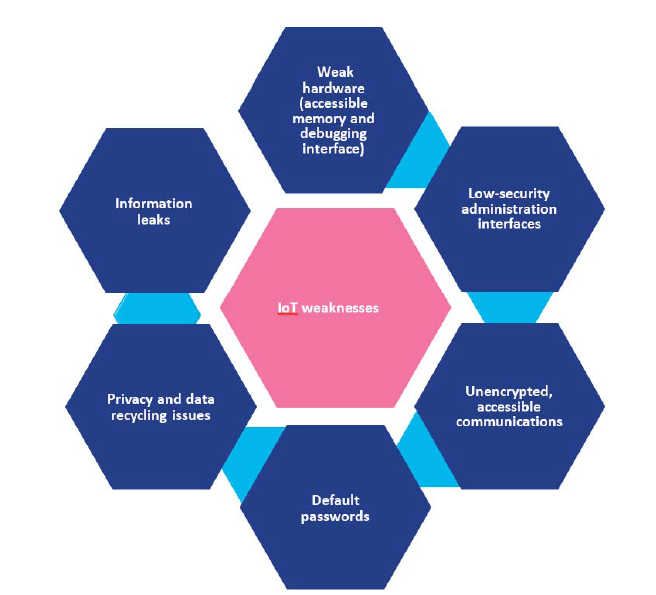
 User and Entity Behavior Analytics (UEBA), which are what SIEM (Security Information and Event Management) solutions are based on, are another major IT investment trend.
User and Entity Behavior Analytics (UEBA), which are what SIEM (Security Information and Event Management) solutions are based on, are another major IT investment trend.










